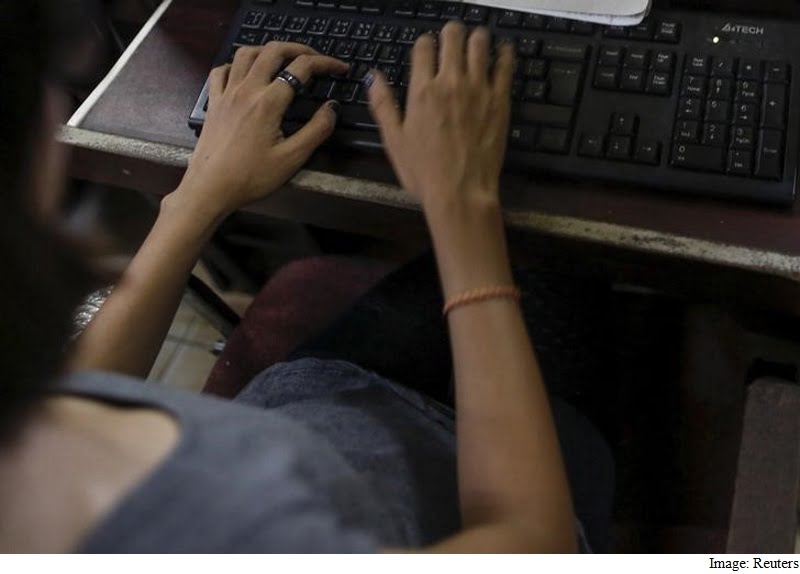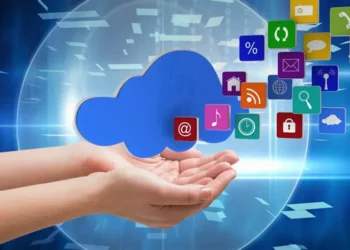
HIGHLIGHTS
internet reached 29 percentage of Indians in September 2015.
it can upward push to 39 percent, or 462 million customers, by way of June 2016.
international GDP ought to develop by $6.7 trillion, if internet reaches every human.
4 of 5 Indians ought to have enough money the net if facts expenses fell by way of 66 percent,according to a fb-commissioned record on internet access. but Indian telecom operators already runrecords offerings at a 11 percentage loss, making cost–reducing difficult.
The information mean that a statistics plan presently priced at Rs. a hundred must no longer priceextra than Rs. 34 if India has to make the internet inexpensive for eighty percent of its population.
but the detrimental economics mean this can not manifest without intervention from the government – whose Rs. 20,000 crore ($2.nine billion) plan to attach each of India’s 250,000 panchayats with broadbandwith the aid of 2018 is three years delayed.
The net reached 29 percentage of Indians – 354 million customers – in September 2015, IndiaSpendreported. it is able to upward push to 39 percentage, or 462 million users, through June 2016.
however if it have been to reach a hundred percent, India’s GDP can be elevated by way of an additional $1 trillion by means of 2020, in step with the fb-commissioned report, published this month. to put this in angle, India’s GDP crossed the $2 trillion mark for the first time in 2014, in line with internationalfinancial institution information.
To optimise data expenses, the document considered 500MB information plans, classifying them “affordable” if each cost much less than five percentage of a person‘s monthly earnings.
The document, titled “Connecting the sector: Ten mechanisms for global inclusion”, is primarily based on alook at accomplished via PricewaterhouseCoopers for fb.
net access drives up GDP
The fb file said that worldwide GDP should grow by means of an extra $6.7 trillion by means of 2020, if the internet reaches each person. If that occurs, the GDP of China and India may want to attain $2.089 trillion – almost a 3rd of the hypothetical international output.
also, conventional internet get admission to can deliver 1/2 one billion humans international out of poverty, in step with the report.
excessive information expenses in developing countries
however, information prices in India, as in several different growing international locations, are a first-rate barrier.
whilst 92 percentage people in South Asia live in range of a 2G network, no greater than 17 percentagecan have the funds for a 500 MB month-to-month statistics plan. two different regions – sub-Saharan Africa (11 percent) and center East and North Africa (17 percent) – are similar to South Asia. In contrast,94 percentage of North americans can manage to pay for this type of information plan.
“costs want to drop by using near 70 percent of modern average retail charge for eighty percent of the arena‘s population,” said the report. In Ethiopia, a 500 MB statistics plan presently charges 50 timeswhat it should for “giant” internet affordability. (“great” is defined as achieving 80 percent of residents.)
because it stands currently, handiest two percentage Indians can come up with the money for to observe a 5-minute standard definition video daily. in case you add a -minute HD video as well, less than one percentage can have enough money it.
The document said that during India, “net utilization is growing but many are disengaged and manymore continue to be unconnected”. in step with a February survey with the aid of the Pew studiesCentre, 22 percentage respondents in India stated they use the internet “at least every so often” or have atelephone.
however are lower costs viable?
The record cited a JP Morgan evaluation to show that Indian information operators make a negativemargin of eleven percent from data sales. Giving examples of different developing international locations with bad margins, the file said: “Operators in most of those markets already fee very low costsand feature bad margins on statistics, which makes it tough for them to cut charges further.”
Indonesia’s bad margin is 197 percentage; in comparison, earnings margins in Japan are forty sixpercent.
In India, nearly 70 percentage of connections are on 2G networks, but these records services are notprofitable for telecom operators. Bharti Airtel, as an instance, needs more than 1,000 rural users in step with web site in step with month to make certain its 2G records offerings destroy even. offering voiceofferings over 2G is more worthwhile – the enterprise would want no more than 480 subscribersconsistent with site in step with month to break even.
Drawing connections with Zuckerberg’s internet.org agenda?
The take a look at finished for facebook advocates internet get right of entry to in developing nations, which may be visible as connected to the social media giant‘s debatable net.org undertaking. Themother or father found: “the focus on value discounts (within the file) marries with facebook‘s very owninternet.org venture, that is aimed at partnering vendors in growing nations to offer low-fee internet get right of entry to.”
net.org had come under criticism from net neutrality advocates round the world. In India, its platformunfastened fundamentals became blocked by way of the Telecom Regulatory Authority of India (Trai) in February this year. Founder Mark Zuckerberg had then written: “Connecting India is an critical goal wemight not surrender on, due to the fact extra than a billion humans in India don’t have get entry to to theinternet.”
according to the take a look at, which echoed Zuckerberg’s thoughts, fifty six percentage of the worldcontinues to be now not on-line. Bringing them online could “create millions of recent jobs, increasesizeable new markets, and raise tens of millions out of poverty.
down load the gadgets 360 app for Android and iOS to live updated with the modern tech news, productcritiques, and one-of-a-kind offers at the popular mobiles.
Tags: Connecting the world Ten mechanisms for international inclusion, facebook, net, on-line, Social













